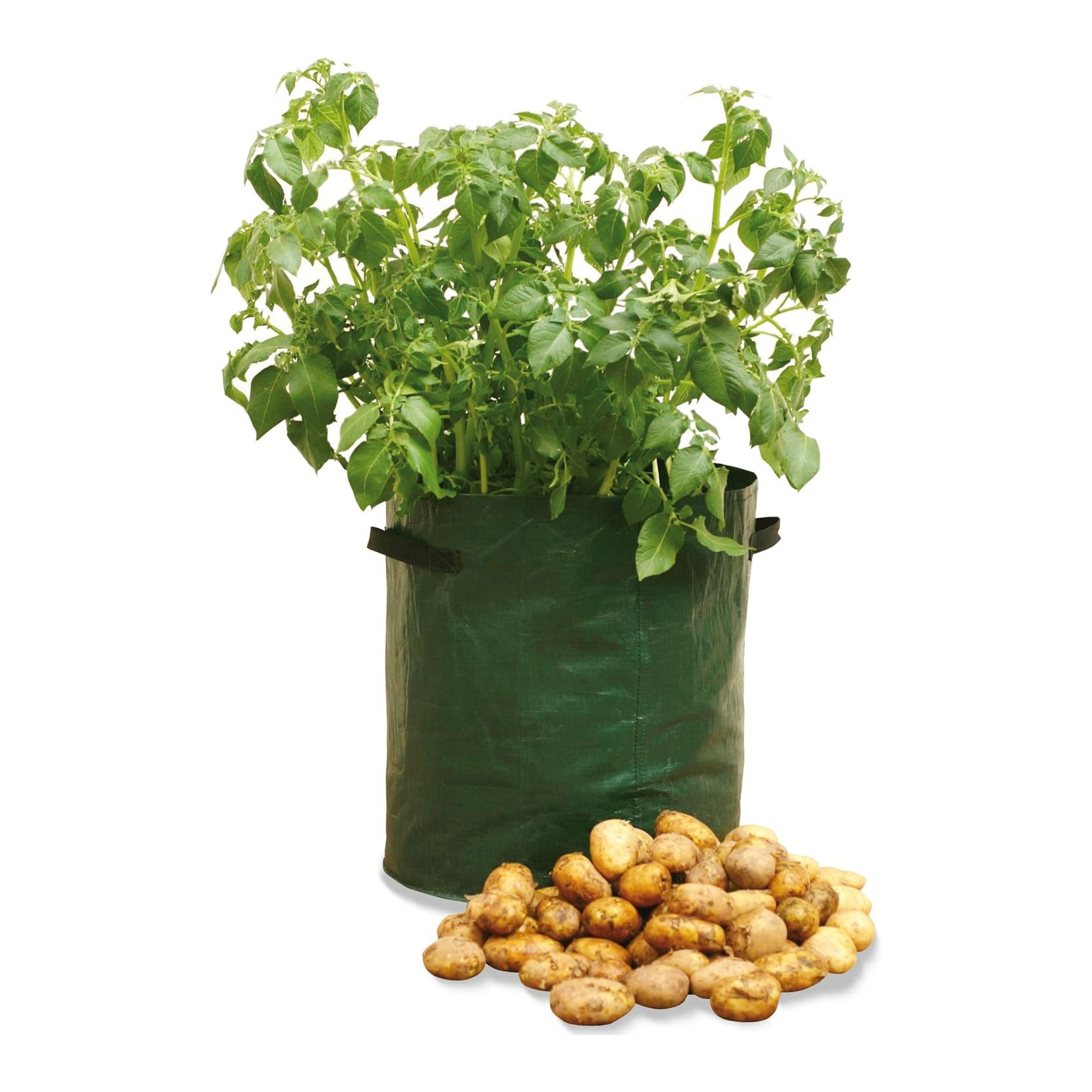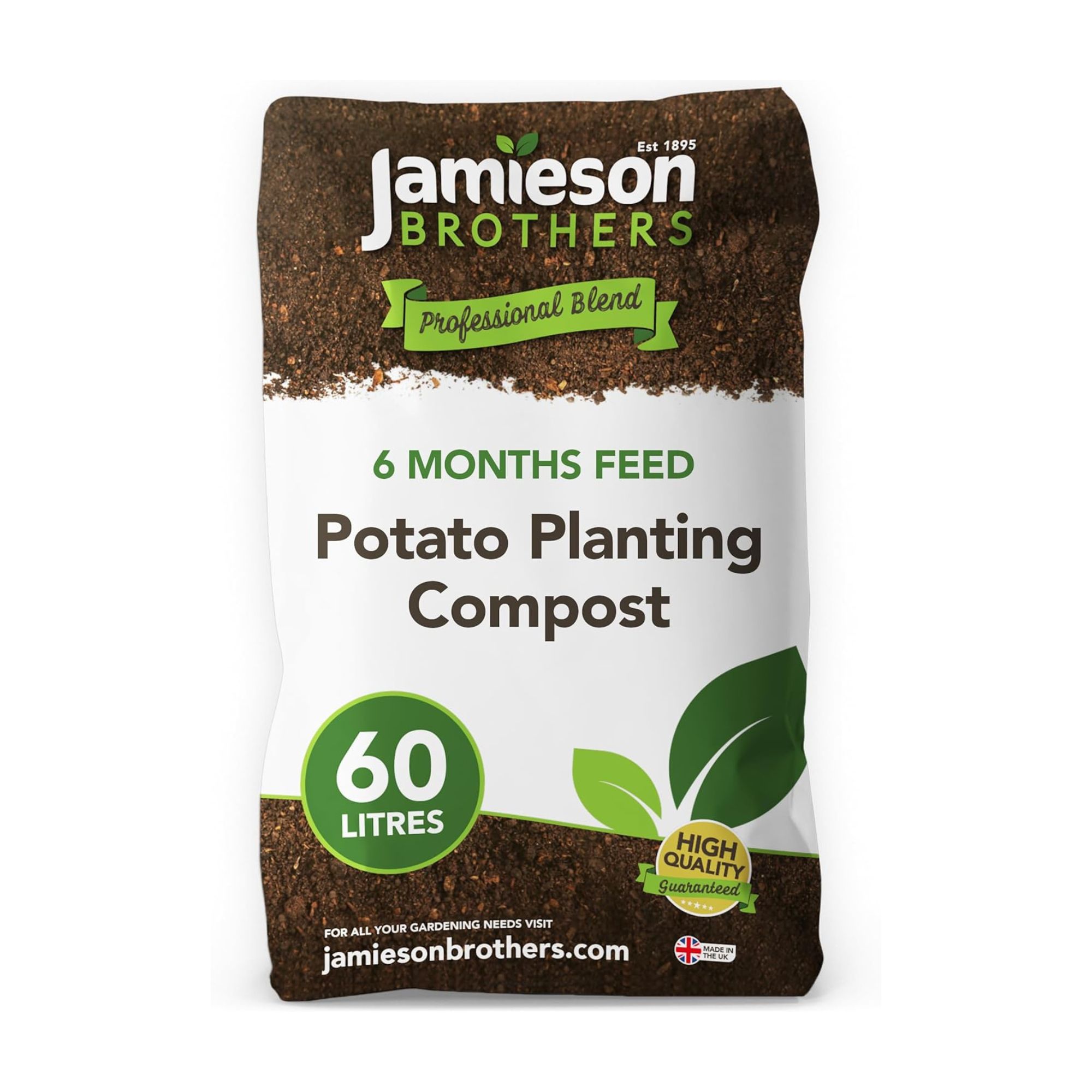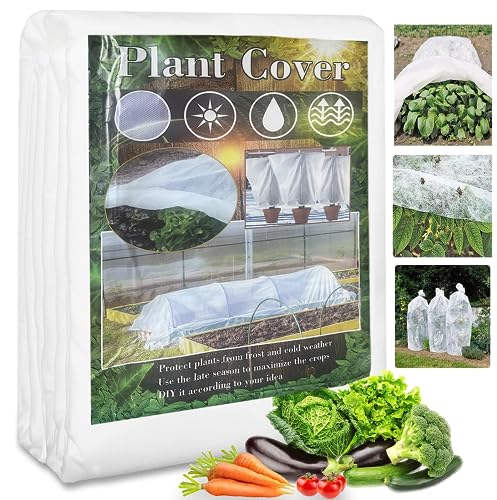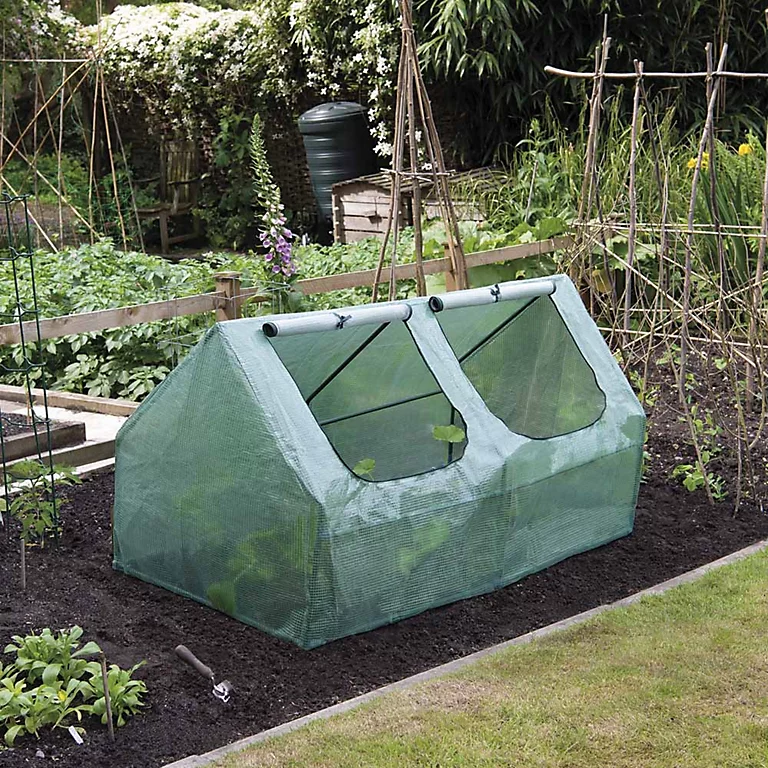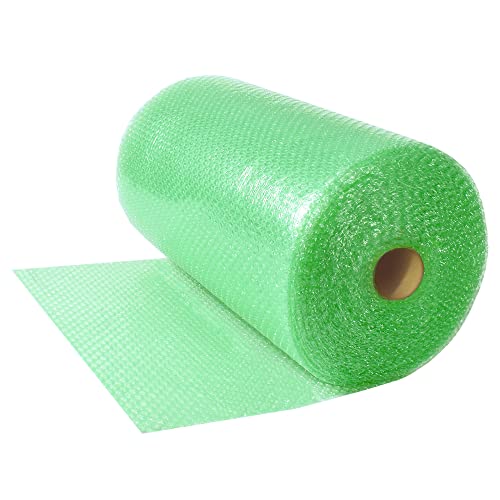When to plant potatoes for Christmas – the cut-off date is approaching, so act fast
Plus, top tips to ensure your festive spuds are the talk of the town


It may still be some time away, but it's never too early to think about Christmas, right? And if you plan to grow as much of your festive dinner as possible, you might be wondering when to plant potatoes for Christmas.
Yes, there’s nothing quite like growing your own fruit and vegetables. And while eating home-grown produce throughout the year can make you feel incredibly smug, that’s nothing compared to growing the potatoes your family will devour when you're all gathered together to celebrate Christmas. To get this right, you do need to be aware a lot of preparation goes into festive growing, and you need to get your timings just right.
So, whether you opt for the classic roasties or the curveball mash with your turkey (or maybe both?!), you need to know when to plant potatoes for Christmas if you want this crop to last through the winter.

There are two things to consider if you want to plant potatoes for Christmas. Firstly, how long it takes to grow potatoes. Secondly, the growing season and when you’d normally plant potatoes.
This all depends on the type of potato you’re growing, as the growing season can run anywhere from late March for first earlies to maincrops in April. But if you want to grow your own Christmas roasties, the time to plant them is now.
‘To ensure you have homegrown potatoes ready to harvest in time for Christmas, it’s essential to begin planting them in August or early September at the very latest,' agrees Tony Williams, estates manager at Mount Ephraim Gardens. 'This timing will allow your potatoes to fully establish before the cold winter months set in.’
Thankfully, it’s not too late to add this festive task to your list of things to plant in August. And even if you don’t have enough time in your busy schedule, September will still work.
Sign up to our newsletter for style inspiration, real homes, project and garden advice and shopping know-how
'Planting potatoes from now until early September means they should have enough time for the tubers to develop before it gets cold. They will take about 12 weeks from planting to harvesting,' adds Morris Hankison, director of Hopes Grove Nurseries.

Tony is a keen and experienced gardener who has worked in horticulture across a variety of sites, including Canterbury Cathedral. He is extremely interested in sustainable gardening and strives to avoid polluting chemicals in fertiliser and pest control. He is dedicated to preserving natural resources and reducing water waste wherever possible.

Morris Hankinson is the founder and managing director of Hopes Grove Nurseries Ltd, the UK’s only specialist grower-retailer of hedging plants. He established the thriving business in 1992, shortly after graduating with a Commercial Horticulture Degree from Writtle College, Essex.
Top tips for planting potatoes for Christmas
Knowing when to plant potatoes for Christmas is all well and good, but if you want to guarantee a Christmas crop it’s also worth taking note of these growing tips.
What you’ll need
1. Buy, don’t grow, your seed spuds

Although growing potatoes for Christmas is essentially the same as growing potatoes at any other time, it’s important to realise that mid-summer planted potatoes need some extra TLC. Because of this, you need to give them the best start possible.
‘If you’ve noticed your supermarket potatoes sprouting on the counter, you might be tempted to plant them, especially after seeing garden hacks online. While you technically could, there are a few caveats to consider,' cautions Chauntelle Lewis from The Barefoot Planter.
‘Store-bought potatoes, particularly those not from organic sources, might be treated with pesticides or chemicals. For the best results and a healthier crop, it's wise to start with certified seed potatoes from a reputable garden shop or organic store to avoid potential disappointments later.’
Christmas seed potatoes can be hard to come by if you leave it too late, though. So, aim to buy them before everyone else - and be prepared to pay a premium for your Christmas spuds, as they can be expensive.

The Barefoot Planter provides a holistic journey from seed-sowing to garden-to-fork and celebration of farm-to-table experiences. For those seeking safe spaces of belonging, our gardening workshops, cooking classes, and dining experiences offer opportunities to connect with like-minded individuals.
2. Choose the right varieties
Some seed potatoes only lend themselves to a summer crop, while others will last much longer into the autumn and winter months. Because of this, you need to choose the right varieties if you want to plant potatoes for Christmas.
Below, you’ll find Chauntelle’s top 3 British varieties for Christmas spuds.
- ‘Potato ‘Charlotte’ - Second Early: A popular choice with great flavour and resistance to potato blight. Plant it in August for a December and Christmas harvest.
- Potato ‘Maris Peer’ - Second Early: This small, light-skinned variety features firm flesh that's perfect for boiling and is resistant to scab. It should not be confused with the Maris Piper, which is a maincrop variety.
- Potato ‘Nicola’ - Late Season: Known as a second-cropping variety, it’s ideal for harvesting between October and December.’
If you want to guarantee potatoes for Christmas, you also need to know what you’re working with. So, always inspect your seed spuds before planting and check for any signs of diseases or damage. If you spot anything, don’t risk planting them.
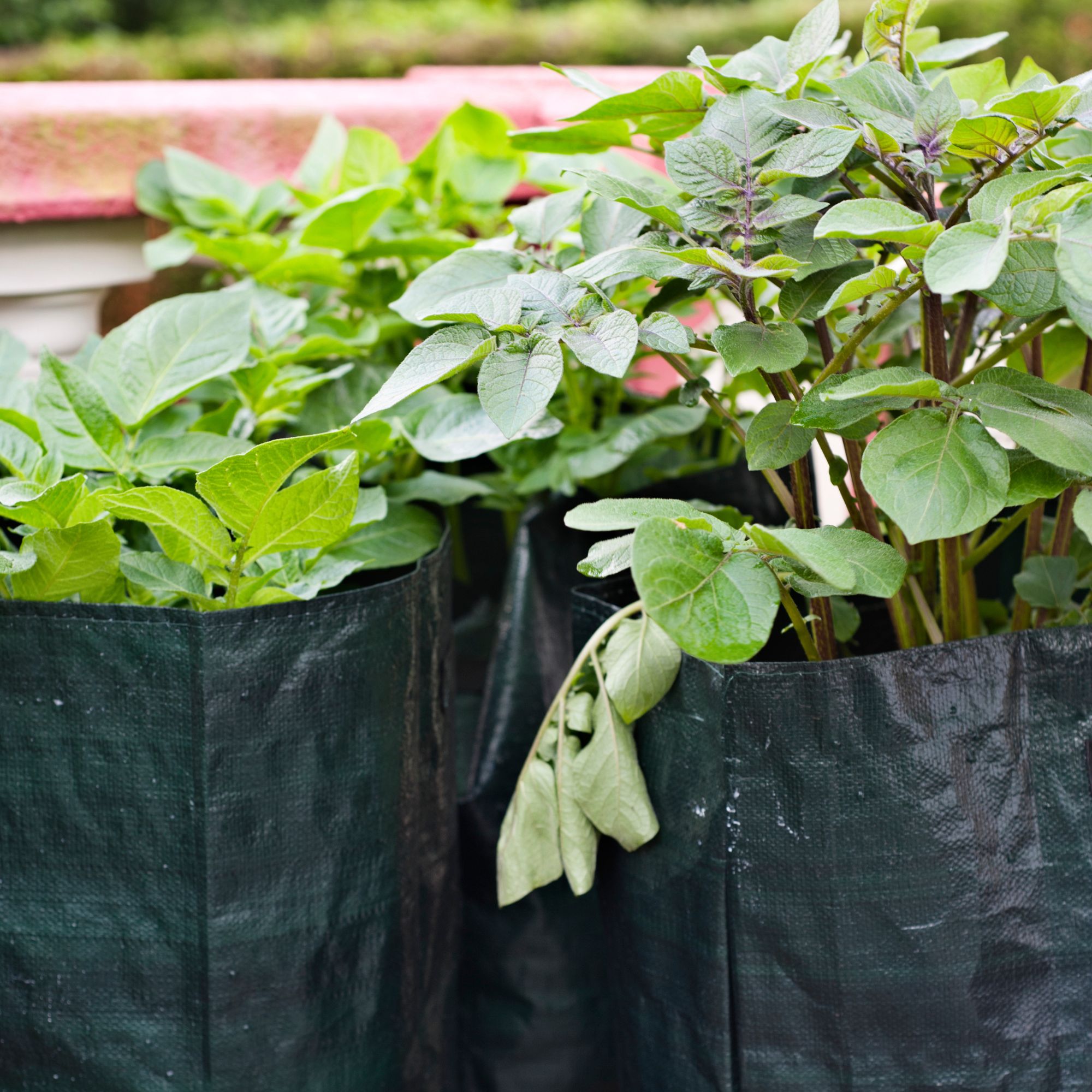
3. Consider your growing location
If you’re lucky enough to have a greenhouse, you'll be happy to know that it's the ideal location to grow potatoes for Christmas, as it will protect your spuds from harsh temperatures. However, if you don't have one then here are three alternative methods Chauntelle has suggested for planting Christmas potatoes.
- ‘Container Growing - You can grow potatoes in nearly any large container, even a bag. Options range from reusable plastic containers to old compost bags. Fabric bags are particularly handy for moving pots around during colder months.'
- Direct in Ground or Raised Bed - Dig holes in the ground and place whole or sliced potatoes, covering them with existing soil or fresh compost.'
- No dig bed - The no-dig method, popularised by Charles Dowding, involves placing seed potatoes on the soil's surface and covering them with mulch or soil. This approach eliminates the need for digging and can often lead to better harvests compared to traditional methods.’
4. Protect from the frost
Although later varieties of potatoes will be able to survive through the colder months, they still need to be protected from frost if you want a healthy crop for Christmas. This is where growing them under or in containers that can be moved can really work to your advantage.
Morris says, ‘You’ll need either some fleece to protect them from autumn frosts if grown outside but ideally grow them in bags or containers where they can be grown in a greenhouse or conservatory to protect them from cold weather.’
You can use some of the best plant covers for this job.
5. Keep an eye out for pests and disease

Growing potatoes is a lot about what’s going on under the surface, but the leaves of your Christmas potatoes can also be a great indicator of their health. So, it’s a good idea to keep an eye out for pests and diseases.
‘Potato blight can be a hassle, but it’s manageable if caught early,' says Chauntelle. 'Watch for dark spots on the leaves and stems. If you notice any, cut off the affected leaves immediately and dispose of them well away from your garden and compost to prevent the blight from spreading.’
Earthing up your potatoes can also help with this. ‘Piling soil around the base of potato plants helps stems grow deeper and boosts your yield. This technique also covers new growth to prevent potatoes from turning green and becoming poisonous. As the plants grow, add soil until it reaches just below the leaves to encourage more growth,’ Chauntelle adds.
6. Don’t worry about the foliage
It can be scary when the foliage of your Christmas potatoes turns yellow and dies down before the big day arrives, and you may assume that you need to harvest them as soon as possible. However, that isn’t the case. Just leave them alone and pick when needed.
Tony says, ‘If they are growing in a frost-free environment, you can leave them in the soil even after the foliage has turned yellow, died back, and been removed. During this period, it’s important to allow the soil to dry out completely while you wait to use the potatoes.’
FAQs
Can I leave potatoes in the ground over winter?
Although you technically can leave potatoes in the ground over winter, it’s not advised. In an ideal world, potatoes should be harvested as soon as the foliage turns yellow to prevent rotting. And while you can keep them in the ground for a few weeks, the longer you leave them, the worse they’ll become.
The cold and wet temperatures will likely play havoc on your crop, and you’ll find that the skin becomes tough and they may succumb to diseases. So, it’s just not worth it.
How do you know when potatoes are ready to dig up?
Although you won’t be able to see the potatoes underground (unless they have pushed themselves up to the surface) you will be able to see the foliage of the potato plant. And as soon as the foliage turns yellow, starts to wilt, and the leaves start to fall off, you’ll know that it’s time to dig up your potatoes.
You have around a 2-3 week grace period when that happens, though - as long as the potatoes are protected from frost. So, you can leave them in for a little longer if you don’t want to harvest and store them.
So, if you want to plant potatoes for Christmas, it’s time to get planting!

Lauren Bradbury has been the Content Editor for the House Manual section since January 2025 but worked with the team as a freelancer for a year and a half before that. She graduated with a Bachelor’s degree in English and Creative Writing from the University of Chichester in 2016. Then, she dipped her toe into the world of content writing, primarily focusing on home content. After years of agency work, she decided to take the plunge and become a full-time freelancer for online publications, including Real Homes and Ideal Home, before taking on this permanent role. Now, she spends her days searching for the best decluttering and cleaning hacks and creating handy how-to guides for homeowners and renters alike, as well as testing vacuums as part of her role as the Ideal Home Certified Expert in Training on Vacuums, having spent over 110 hours testing different vacuum models to date!
